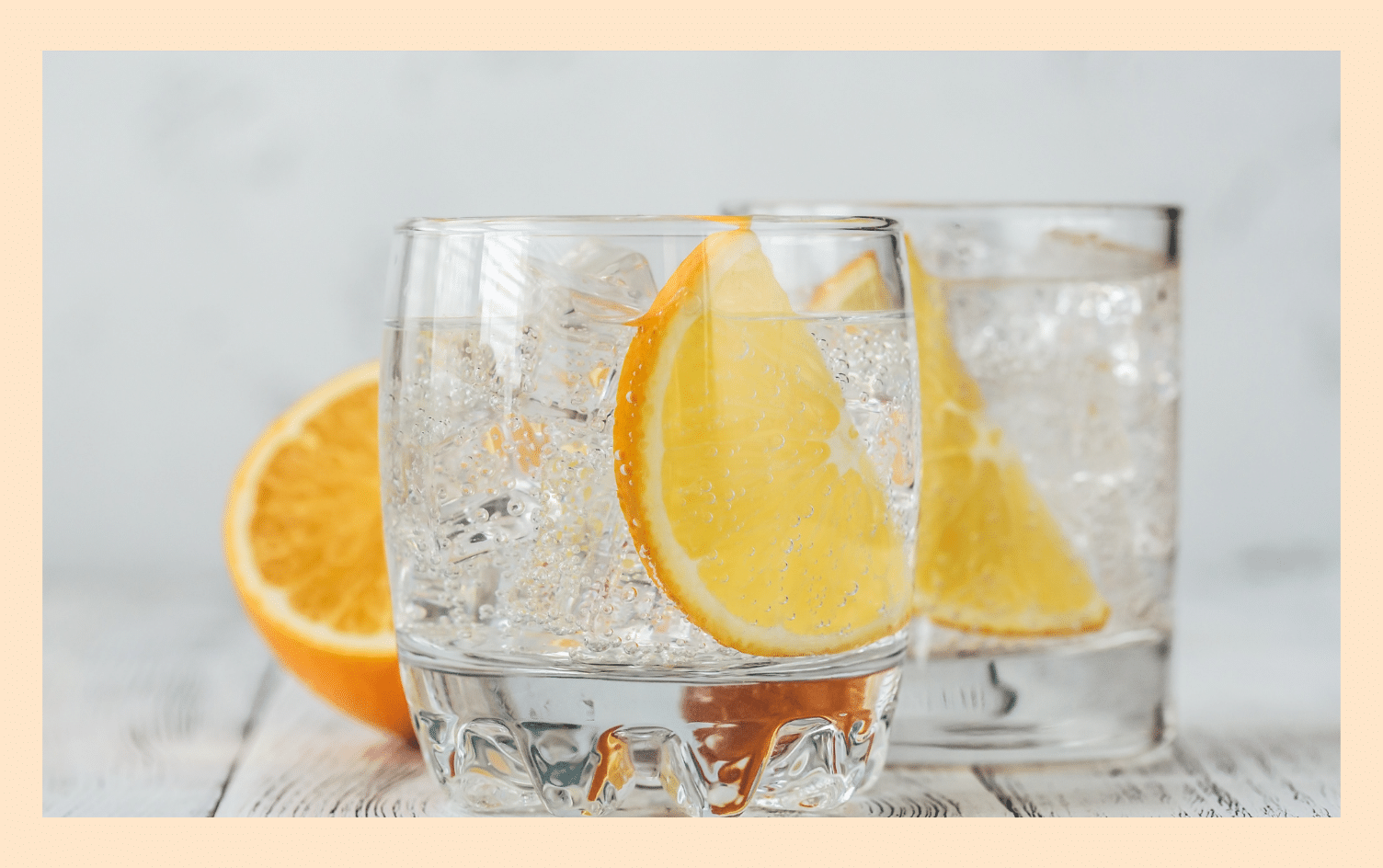We are obsessed with water these days. More specifically, we’re obsessed with drinking enough of it. Between lugging around our massive Stanley cups filled to the brim and justifying our second iced coffee of the day as #hydration, we are all about avoiding the dreaded d-word: dehydrated. Now TikTok has given us a new way to determine just how hydrated we are (or aren’t). A video showing what’s become known as the skin pinch test has gone viral—but does it really work?
We talked to registered dietitian Brookell White, MS, RD, to find out.
How to do the skin pinch test
According to TikTokers, you don’t have to have a medical degree—or any equipment at all—to find out your hydration status. Simply pinch the wrinkly skin on your finger around your knuckle, where your finger bends. If it goes right back to normal as soon as you let go, you’re hydrated. But if it retains its pinched shape for more than a few seconds, you could be dehydrated.
Does it work?
The test seems easy enough, but it might not be that accurate, White cautions, at least not on its own. “Pinching is typically used on the top of the hand, under the collar bone or on the lower arm,” she explains, citing these two studies. “The finger isn’t where hydration is tested in a clinical setting so it may not be a good indicator for hydration.”
White says there are other signs that may indicate dehydration that are more reliable than the social media famous test. According to the NHS, those include (but are not limited to) dry mouth, strong smelling urine, feeling tired, feeling thirsty, and less frequent urination. However, if you’re concerned that you’re chronically dehydrated, your best bet would be to talk to a medical professional, like your primary care physician.
Also Read >> Essential Guide to Hydration
Our favorite hydration hacks
So you’ve determined your hydration could use some help—now what? Drinking more water is the obvious answer, but it can be easier said than done. After all, the Academy of Nutrition and Dietetics recommends about 11.5 cups per day for women and 15.5 cups for men. That can feel like a lot if you’re someone who has never consciously paid attention to how much water you drink or who barely has time to breathe some days, let alone keep count of how much water you drink.
Enter habit stacking, which is one of White’s top tips for staying hydrated (or making any change, for that matter). “Introduce a new habit with one that is already a seamless part of your current routine,” she suggests. That could be leaving your water bottle in spots you frequent around your house like your desk or even as simple as drinking a full glass of water at every meal.
Another hack is to simply track it. With MyFitnessPal, you can easily log water intake throughout the day.
And if chugging plain water all day every day makes you cringe, fear not: White says soda water, decaf tea, plant-based milk, and coconut water all count, too. You can even boost your hydration through your diet. “Eating more foods like oatmeal, soups, cereal, smoothies or anything else with liquid can help,” she explains. The bottom line? Stop pinching, start drinking.




